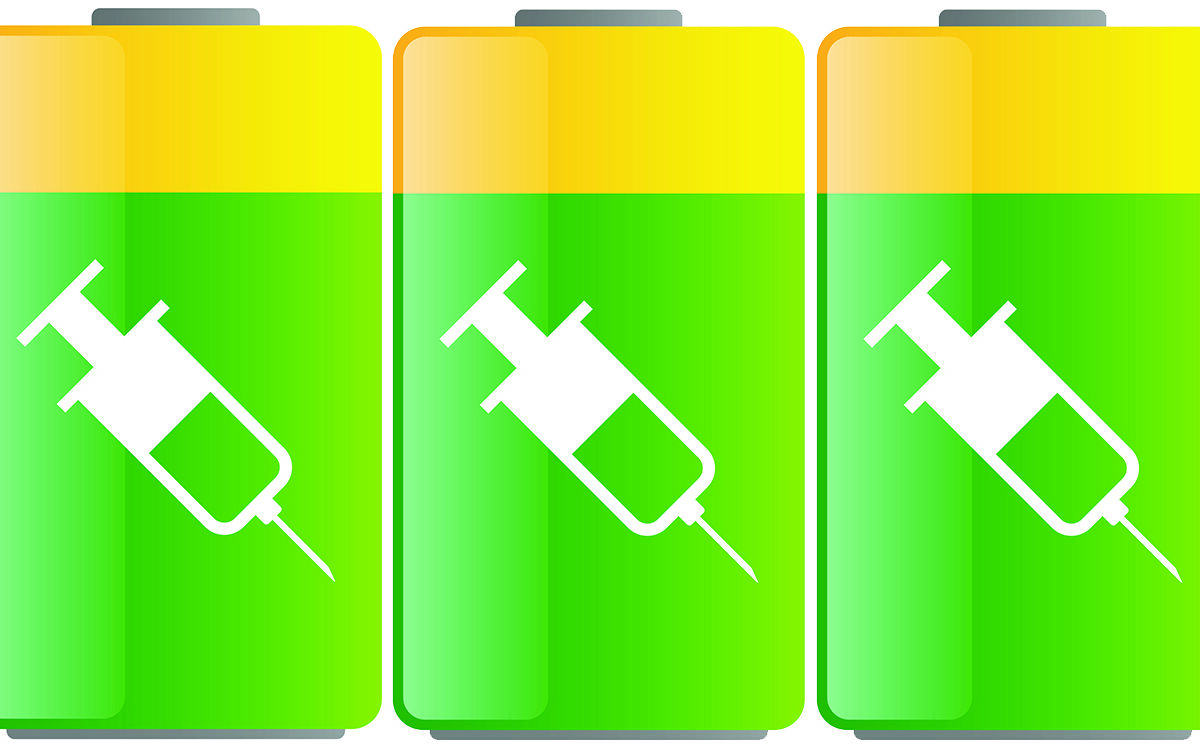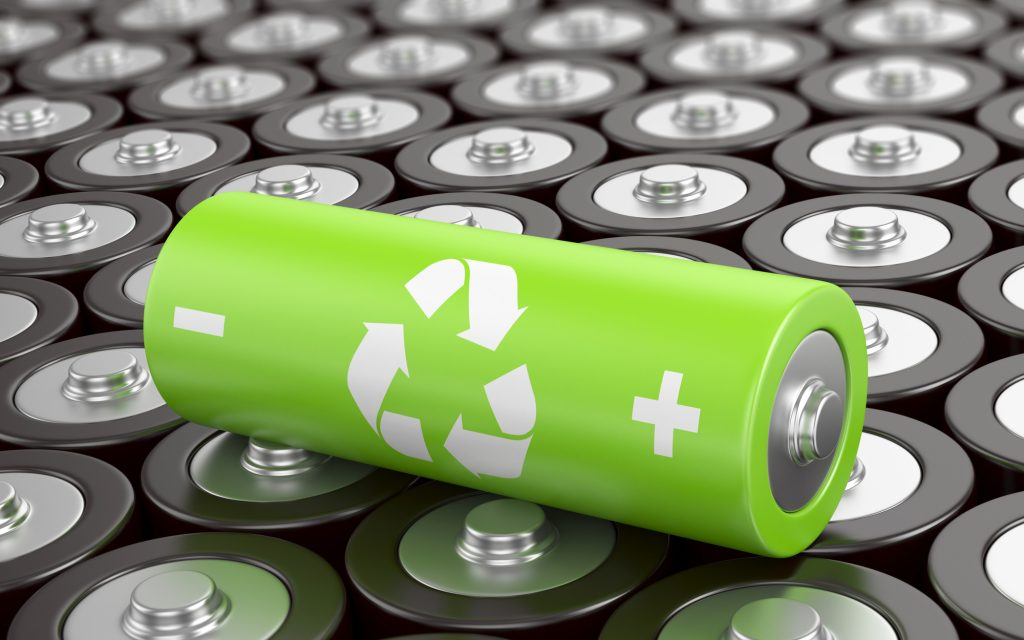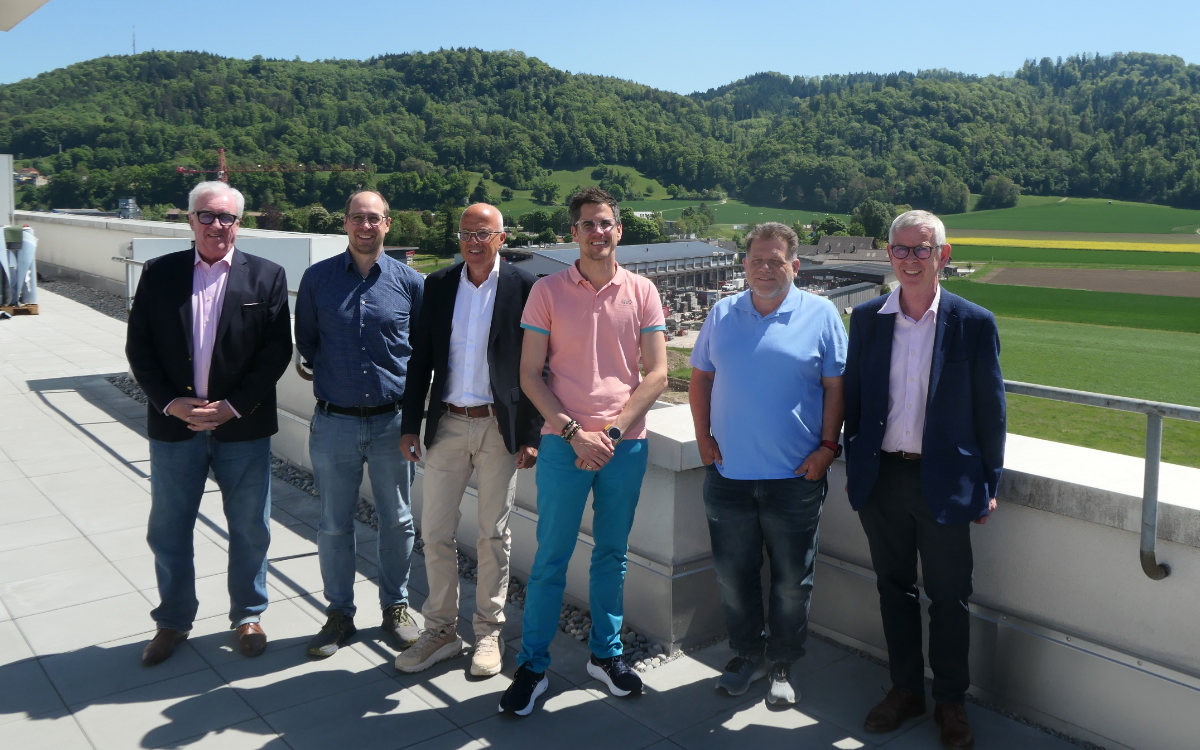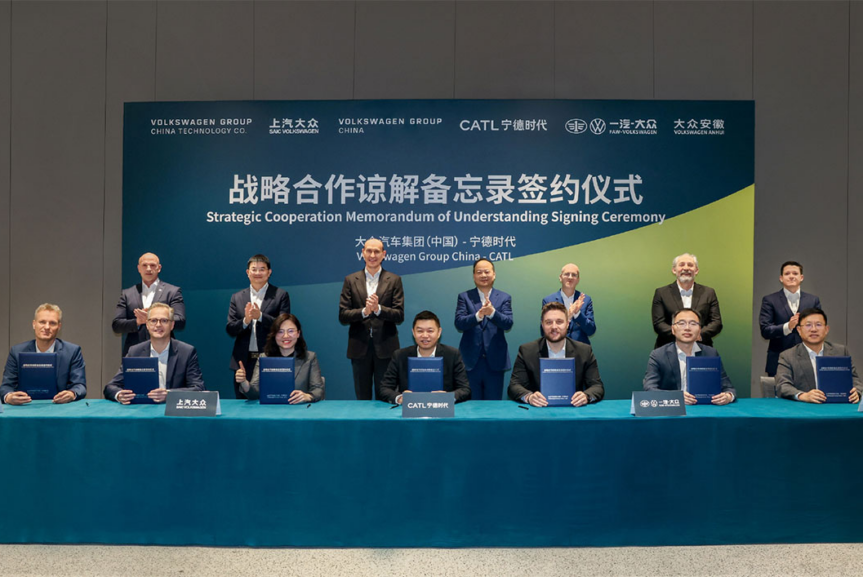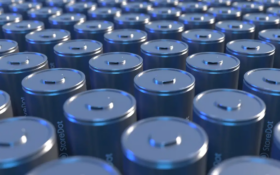A Chinese research team at Fudan University in Shanghai has made significant progress in development of a method to regain lithium battery capacity. Lithium-ion battery aging is primarily influenced by the growth of the solid electrolyte interphase (SEI) layer on the anode. This layer consumes lithium ions and increases resistance.
Over time, this, along with electrode degradation and electrolyte breakdown, reduces the battery’s capacity. Lithium dendrite growth is influenced by multiple parameters, including current density, temperature, electrolyte, and electrolyte convection. Finally, the performance of the battery is so low that it has to be rejected.
The researchers have investigated a clever alternative: injecting fresh lithium directly into the depleted cells to make up for what was lost over time. The method was recently described in the magazine Nature. AI and organic electrochemistry were used to create a special lithium-containing compound that releases its lithium payload when hit with the right voltage conditions inside a battery. Another benefit is that the reaction produces gaseous byproducts that can easily vent out, clearing the way for the new lithium.
The team leveraged machine learning to discover the functional salts mentioned above. One very promising salt is lithium trifluoromethanesulfinate (LiSO2CF3), which offers optimal electrochemical activity and potential, product formation, electrolyte solubility and specific capacity. It is believed that lithium-ion batteries could potentially extend their lifespan to 12,000–60,000 cycles before reaching their limit.
Demonstration tests were performed with a 3.0V, 1,192Wh kg−1 lithium-free cathode, chromium oxide, in the anodeless cell, as well as an organic sulfurised polyacrylonitrile cathode incorporated in a 388Wh kg−1 pouch cell with a 440-cycle life.
These systems exhibited improved energy density, enhanced sustainability and reduced cost compared with conventional lithium-ion batteries. Furthermore, the lifetime of commercial LiFePO4 batteries was extended by at least an order of magnitude. With repeated external lithium supplies, a commercial graphite LiFePO4 cell displayed a capacity retention of 96.0% after 11,818 cycles.

